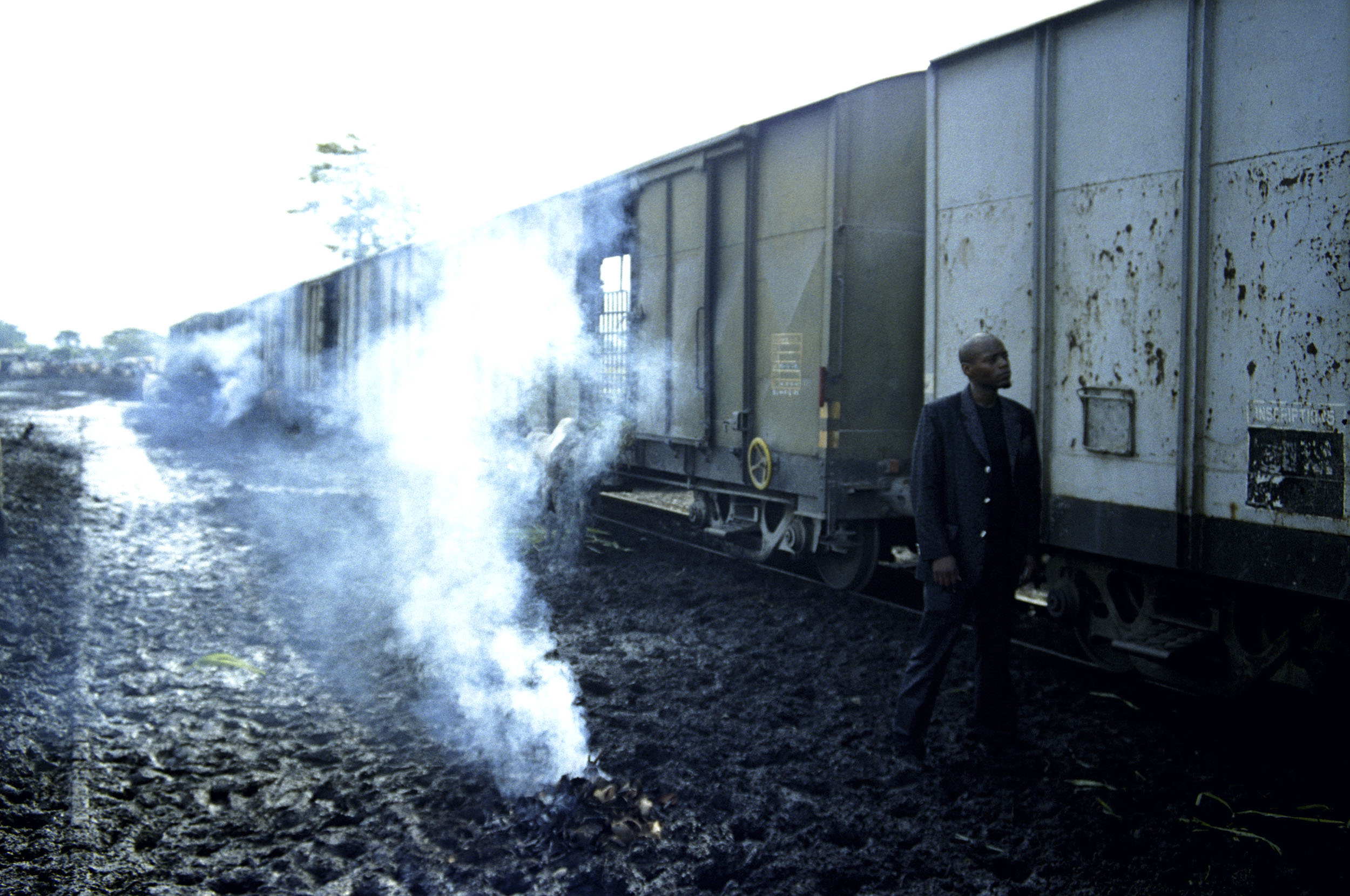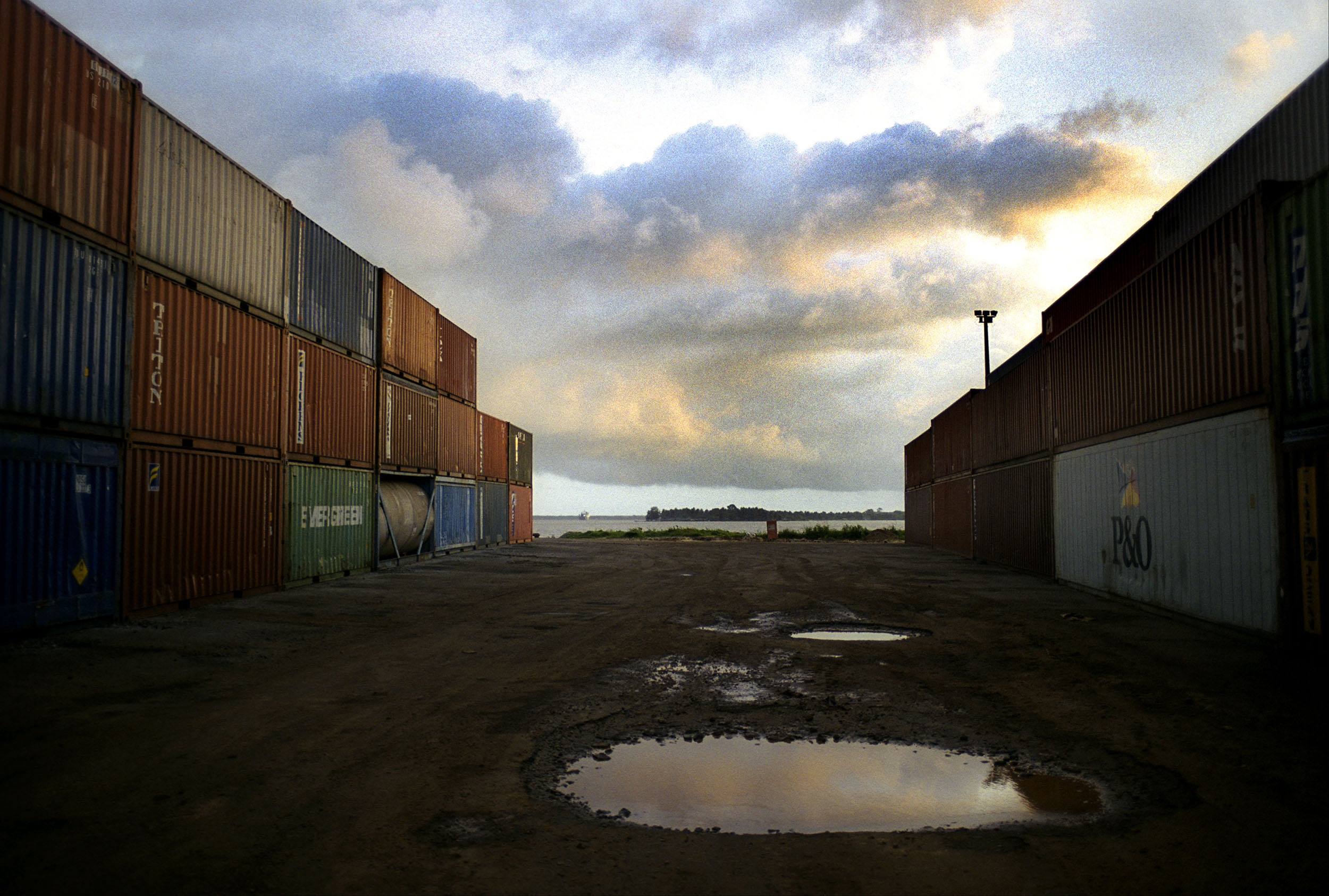
MOVEMENT OF IDEAS
‘NEITHER MICRO, NOR MACRO’

This article is illustrated by Toma Baqueni’s photos of Abidjan taken from the film Après l’océan.
“Anthropology is neither micro nor macro, but rather precarious”, as Maurice Bloch subtly put it. “Macro” dominated the 1970s and 80s, and it was hard to escape the theories of social determination: Bourdieu’s domination, Freud’s unconscious, Marx’s relations of production and, above all, Lévi Strauss’s structuralism, which dominated the discipline.
Thinking in dualistic blocks was in vogue: nature/culture, subject/object, science/art, dominant/dominated, centre/periphery, tradition/modernity, and so on. An opposition which, by presenting itself as a totality, prevented us from perceiving the constituent interactions of social practices and their historical movement. An objectifying ‘totality’ that held back approaches based on the senses, affects and emotions.
Georges Balandier [1], of whom I was a student, opposed this vision and sought new syntheses based on the theory of social change correlated with historical mutations and the actions of individuals caught up in movements, power relations and contradictions. He ended up defining himself as a sociologist, leaving the identity of anthropologist to Lévi-Strauss. This marked the theoretical difference and, no doubt, the fairly sharp personal disagreement between the two men.
[1] His most notable works are “Sociology of the Black Brazzavilles” [1955] and “Ambiguous Africa” [1957] on the end of colonialism.
PARTING OF THE WAVES

When Lévi-Strauss entered the Collège de France in 1959 with substantial institutional resources to build a laboratory on the model of hard sciences, Balandier, at the École Normale Supérieure where he was teaching, poached a few young hussars to develop the Centre for African Studies that he had founded in 1955. His aim was to strengthen Africanism in the face of Lévi-Strauss’s Americanism and to develop work on ‘social dynamics’ through the orientations of his PhD students, Marc Augé, Emmanuel Terray, Pierre Bonnafé, Jean Bazin, etc. He also gave them posts within the institution as well as research field assignments in Africa.

In 1984 I joined the Centre for African Studies, but I had never felt comfortable with this division into cultural areas, or with the rigidity of disciplines in the human sciences. It was more a matter of academies than researchers. As far as I’m concerned, it’s the questions that connect us, not the boundaries.
In 2008, I joined IRIS*, an initiative of Didier Fassin and Alban Bensa, with whom I was close friends. This great laboratory focused on the experience of actors within contexts, on investigation and the historicity of facts.
*Institute for Interdisciplinary Research on Social Issues

Writing was slowly opening up to new, less scientistic forms, especially as perception through images and sound was becoming legitimate in the old ‘written only’ institutions.
Of course, with their own attraction to surrealism Leiris and Rouch had broken down barriers and turned resolutely towards literature and cinematic fiction.
Today, it is more about questioning the cinematic “dispositifs” a well-worn notion in cinema that enables us to understand the extent to which the method and its results are constantly interacting. [See Chap. Cinema “dispositifs”]